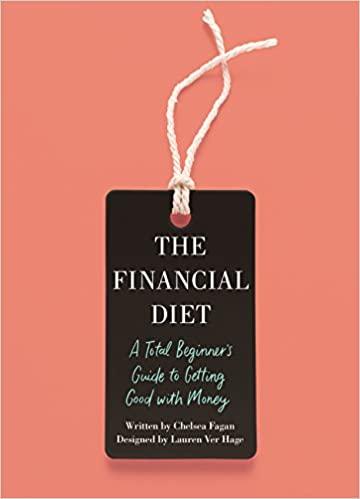Question
An Australian Stock Exchange listed ice cream manufacturing company with its operations conducted solely in Hong Kong currently produces 200,000 units of product per year.
An Australian Stock Exchange listed ice cream manufacturing company with its operations conducted solely in Hong Kong currently produces 200,000 units of product per year. The company is a fully- owned subsidiary of a large United States company with most shareholders located in the United States, Canada, and Hong Kong. The company currently buys its self-sealing containers with all labelling attached from an outside supplier at a price of $2 per container. The plant manager believes that it would be cheaper for the company to make these containers rather than buy them. The necessary machinery would cost $150,000 and would have an anticipated operational lifespan of 10 years at which time it would have no salvage value. The total cost of this investment in machinery can be written off for taxation purposes on a straight-line basis over a 7-year term. It is not expected that the machinery would have any salvage value at the end of 10 years. Direct production costs are estimated to be $1.50 per container. The plant manager estimates that the operation to make these containers rather than buy them would require additional working capital of $30,000 allocated as; investment in debtors $14,000 and investment in initial stock of $16,000. The plant manager however argues that this sum ($30,000) can be ignored in any financial assessment since the amount is fully recoverable at the end of the 10-year period over which the proposed machinery will be operational. Assume that the company pays Australian company tax at a marginal rate of 30% in the same year that taxable income is earned, its after-tax cost of capital is 15% and all operating cash flows occur at the end of the year.
Required: a) What is the after-tax annual cost of continuing to buy the self-sealing containers from the outside supplier? Show all calculations. b) Draw a cash-flow diagram / timeline providing as much relevant information as possible (number of periods, amount of payments and relevant interest rate(s)) for the cash flows arising from continuing to buy the self-sealing containers from the outside supplier over the term of the capital budgeting project analysis. c) In the process of analysing the capital budgeting alternative to make the self-sealing containers: i. Calculate the companys initial outlay. ii. Calculate the companys annual (differential) cash flows for each year of the capital budgeting project assessment. iii. Calculate the companys terminal cash flows ignoring any annual (differential) cashflows for this (final) period. iv. Draw a cash-flow diagram / timeline providing as much relevant information as possible (including the number of periods, amount of payments and relevant interstate(s)) for the cash flows arising from this proposal. v. What is the present value of this capital budgeting alternative?
Step by Step Solution
There are 3 Steps involved in it
Step: 1

Get Instant Access to Expert-Tailored Solutions
See step-by-step solutions with expert insights and AI powered tools for academic success
Step: 2

Step: 3

Ace Your Homework with AI
Get the answers you need in no time with our AI-driven, step-by-step assistance
Get Started


